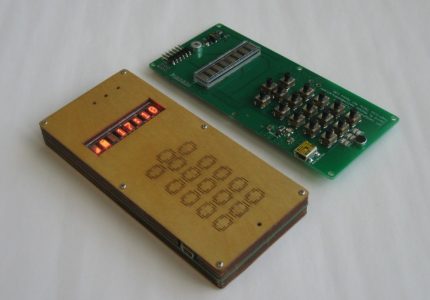
Digital Twins and their Business Applications
In today’s fast-paced digital world, businesses are constantly seeking innovative ways to improve their operations, increase efficiency, and enhance customer experiences. One emerging technology that has gained significant attention in recent years is the concept of “digital twins.” Digital twins are virtual replicas of physical objects, processes, or systems that can be used to monitor, analyze, and optimize their real-world counterparts. This article explores the concept of digital twins and their various business applications.
What are Digital Twins?
Digital twins are virtual models that mimic the physical characteristics and behaviors of real-world objects or systems. These models are created by combining data from various sources, such as sensors, IoT devices, and historical records, to create a comprehensive representation of the physical entity. Digital twins can be created for a wide range of objects, including buildings, machinery, products, and even entire cities.
The digital twin is not a static model but an evolving one that continuously updates itself with real-time data. This allows businesses to monitor the performance of their physical assets in real-time, identify potential issues or inefficiencies, and make data-driven decisions to optimize their operations.
Business Applications of Digital Twins
1. Predictive Maintenance: One of the most significant applications of digital twins is in predictive maintenance. By continuously monitoring the performance of physical assets through their digital twin counterparts, businesses can detect anomalies or signs of potential failures before they occur. This enables proactive maintenance and reduces downtime, saving businesses significant costs.
For example, in the manufacturing industry, digital twins can monitor the performance of machinery and predict when a component is likely to fail. This allows businesses to schedule maintenance activities during planned downtime, minimizing disruptions to production.
2. Product Development and Testing: Digital twins can also be used in product development and testing processes. By creating a virtual replica of a product, businesses can simulate its behavior under different conditions and test various design iterations without the need for physical prototypes. This accelerates the product development cycle, reduces costs, and improves overall product quality.
3. Supply Chain Optimization: Digital twins can provide valuable insights into supply chain operations. By creating digital twins of warehouses, distribution centers, and transportation networks, businesses can optimize inventory levels, streamline logistics processes, and improve overall supply chain efficiency. Real-time data from digital twins can help businesses identify bottlenecks, optimize routes, and make data-driven decisions to reduce costs and improve customer satisfaction.
4. Energy Management: Digital twins can play a crucial role in energy management for buildings and industrial facilities. By creating digital twins of these structures, businesses can monitor energy consumption patterns, identify areas of inefficiency, and implement energy-saving measures. Real-time data from digital twins can help businesses optimize heating, ventilation, and air conditioning (HVAC) systems, lighting, and other energy-consuming processes, leading to significant cost savings and reduced environmental impact.
5. Smart Cities: Digital twins can be used to create virtual replicas of entire cities, enabling urban planners to simulate the impact of various infrastructure projects or policy changes. By analyzing real-time data from digital twins, cities can optimize traffic flow, improve public transportation systems, enhance emergency response capabilities, and create more sustainable and livable environments.
Conclusion
Digital twins are revolutionizing the way businesses operate by providing real-time insights into the performance of physical assets and systems. From predictive maintenance to supply chain optimization and energy management, digital twins have a wide range of applications across various industries. As technology continues to advance and more businesses adopt digital twin solutions, we can expect to see even greater improvements in efficiency, productivity, and customer experiences.





